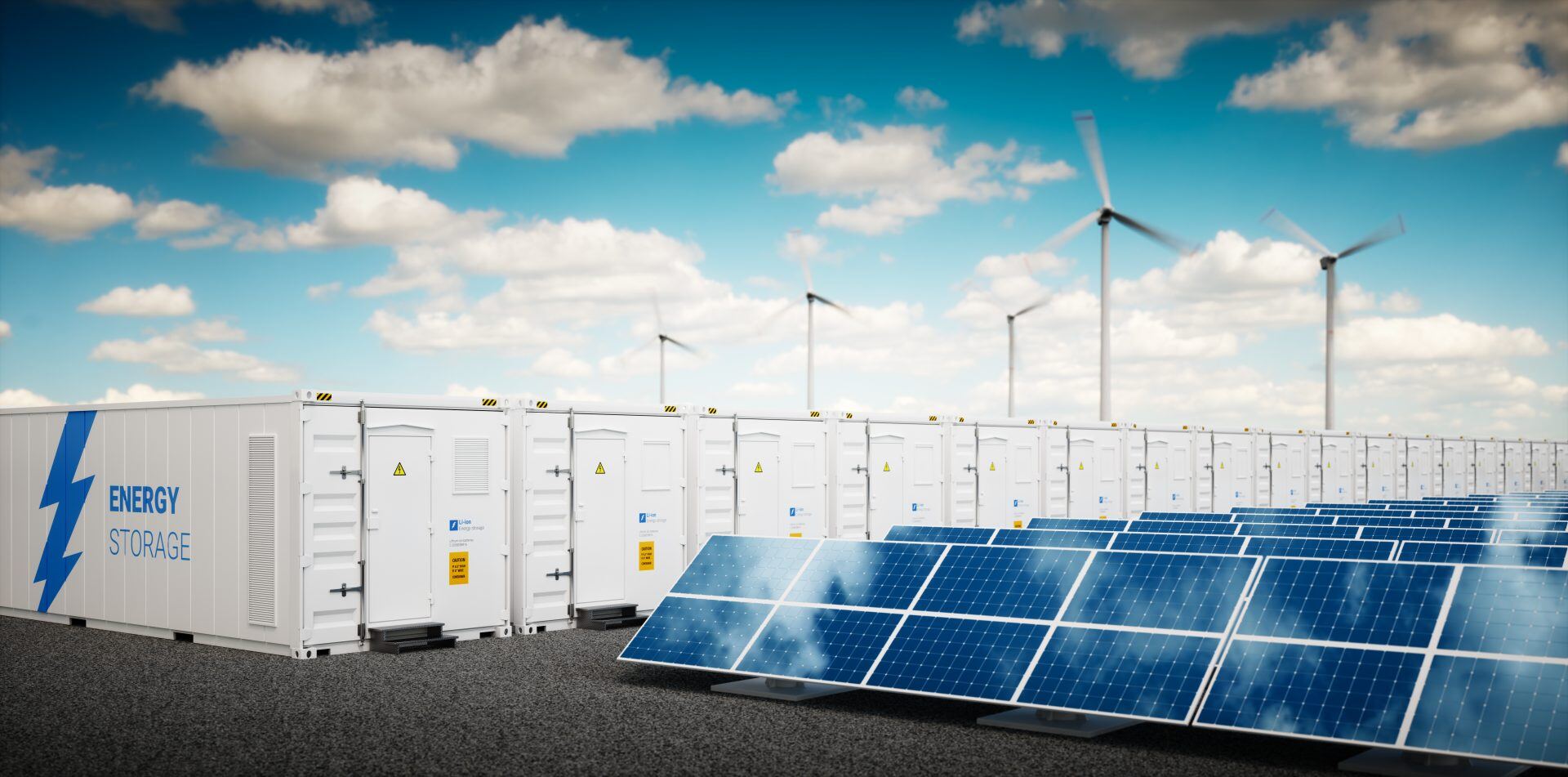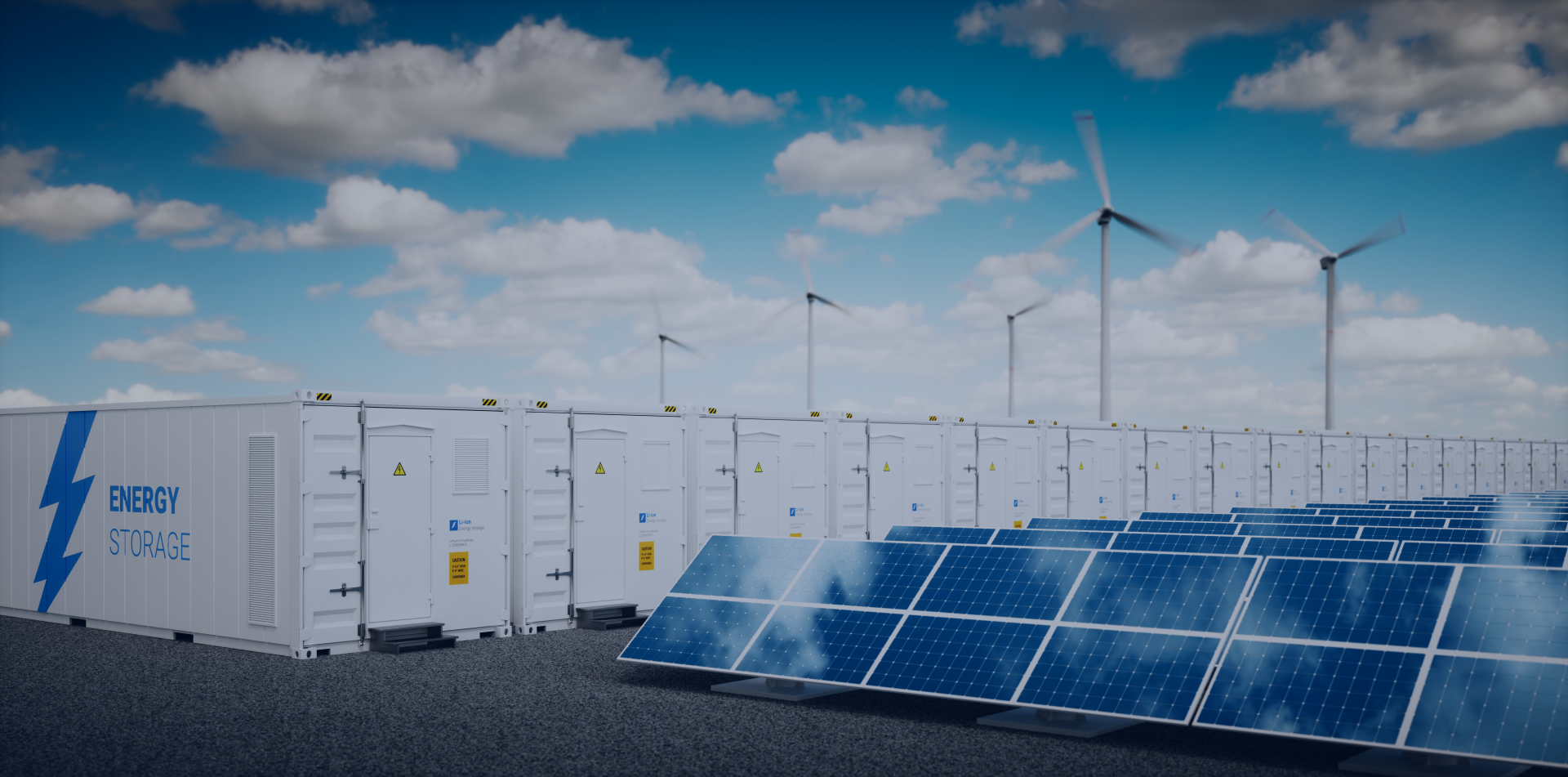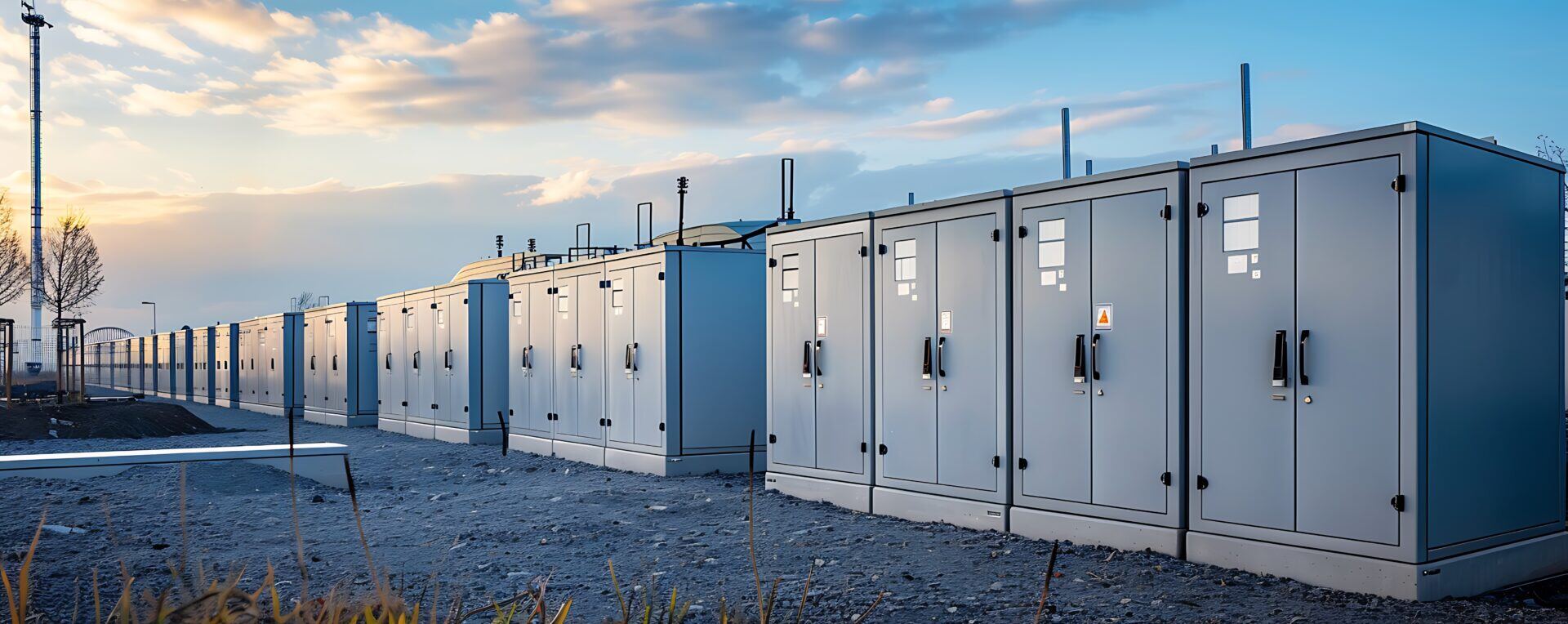ENGLISH — SNPTEE 2022 TAKEAWAYS: LARGE, DIVERSE PORTFOLIOS AND AGING ASSETS MAKE SOFTWARE A NECESSITY
Daniel Brunelli de Andrade and Didier Frávega, Sales Managers at Power Factors, attended the Seminário Nacional de Produção e Transmissão de Energia Elétrica event in Brazil this past May. While there, they heard more and more people talking about how they are turning to digital asset management to help them optimize the performance of their renewable assets.

Stay in touch
Subscribe to our newsletter for expert insights, company updates, and the latest in renewable energy management solutions.
SNPTEE 2022 TAKEAWAYS: LARGE, DIVERSE PORTFOLIOS AND AGING ASSETS MAKE SOFTWARE A NECESSITY
By Daniel Brunelli de Andrade, Sales Manager at Power Factors
Daniel Brunelli de Andrade and Didier Frávega, Sales Managers at Power Factors, attended the Seminário Nacional de Produção e Transmissão de Energia Elétrica event in Brazil this past May. While there, they heard more and more people talking about how they are turning to digital asset management to help them optimize the performance of their renewable assets.
Last month, the largest companies in the Brazilian electricity sector gathered at the Seminário Nacional de Produção e Transmissão de Energia Elétrica (SNPTEE), one of the biggest events in the calendar for energy companies in Brazil. This biennial conference was last held in 2019 and was delayed for a year due to the coronavirus pandemic. But it was well worth the wait!
While many topics remained the same as before the pandemic — with a continued focus on equipment, hardware, maintenance process, and regulation — the biggest change I noticed is how many more companies are thinking seriously about digital asset management software.
Asset Management Software: From Nice-to-Have to Necessity
When I attended three years ago, discussions revolved around keeping assets up and running. Now the focus has shifted to how to operate assets in a way that both maximizes profits and optimizes asset performance and lifespan. And how asset management software can be used to help owners and operators accomplish this across diverse portfolios.

Utilities such as EDF from France and China Three Gorges were among those who shared with attendees about how they use software to manage assets more profitably. And, whether they rely on in-house systems or third-party asset management platforms like Power Factors offers, I noticed that the reasons for investing in asset management software are largely similar across the board:
- Maximum profits: First, more companies are realizing the value of using software to help extend the life of aging assets. Brazil’s older wind farms are now around 20 years old and benefit from contracts with the government that pay up to five times the current market power prices. If one of these turbines breaks down, it can cause a significant financial loss. Software helps reduce this risk, allowing owners and operators to detect issues faster — or prevent them entirely.
- Fewer repairs: There is another benefit of using software to manage older wind farms. Those are the projects most likely to use turbines from a manufacturer that no longer exists, which makes it difficult and time-consuming to find replacement parts. It makes sense for operators to take care of those turbines so they run for as long as possible.
- Smart maintenance: Operators of wind and solar projects in Brazil benefit from more wind and solar resource than many parts of the world. This is a good thing. But it also means that owners and operators get fewer windows of lower production — times when they can maintain and repair assets without sacrificing big profits. Software helps them to schedule preventative maintenance strategically and make effective and efficient repairs when needed.
- Sustainable growth: Renewable energy owners and operators in Brazil are scaling up. The country’s largest players now have over 1GW of operational capacity each. And whole portfolios with only one or two projects were relatively easy to stay on top of, larger portfolios necessitate sophisticated software to help companies manage their assets at scale.
This increasing reliance on asset management software was already happening, but pandemic seems to have accelerated the shift from “nice-to-have” to necessity.

Software Solutions for Diverse, Utility-Scale Portfolios
Another exciting conversation at SNPTEE centered around the emergence of utility-scale solar projects in Brazil. There is now more than 5GW of utility-scale solar in Brazil — plus 10GW of smaller plants — and Brazil is leading the charge when it comes to development of new solar capacity in Latin America.
The expansion of solar puts additional pressure on operators in Brazil, many of whom previously focused on wind or hydropower. Those who lack experience managing solar farms will require trustworthy software to help them get up to speed quickly.
This presents a huge challenge for those who have built their own asset management software, as they’ll now need to account for — and modify their software to support — solar assets. And there can be a steep learning curve when it comes to understanding what is important to monitor in solar farms, how to run them optimally, what’s common to both wind and solar projects, etc.
Working with a software partner like Power Factors can help with this. Rather than spending months or years building your own asset management software platform — or modifying it to fit new asset types — we help you get up and running on our platform in six weeks. And we support you whether you have solar, wind, energy storage, or hydro assets.
If you’re in the process of deciding whether to buy an asset management platform or build your own, check out our blog post “13 Things to Consider Before Building Your Own Renewable Energy Software.”
Looking forward to meeting up again in the months ahead. It is great to be back.




![[Article 1] Why You Need an Integrated APM Platform](https://www.powerfactors.com/hubfs/young-man-working-with-digital-tablet-at-renewable-FY7899J.jpeg)
